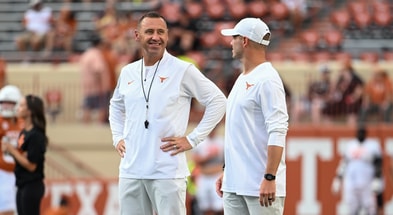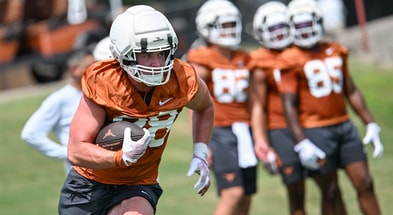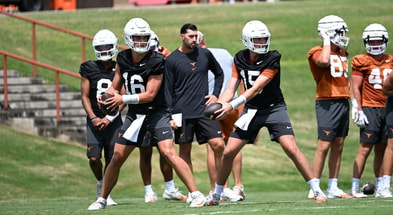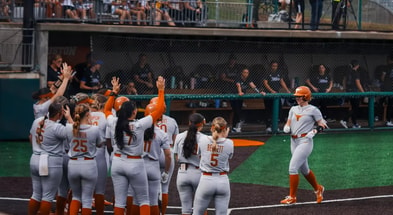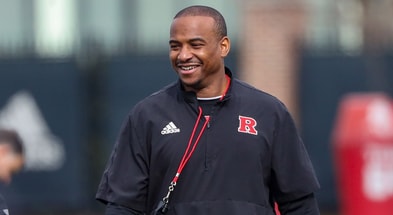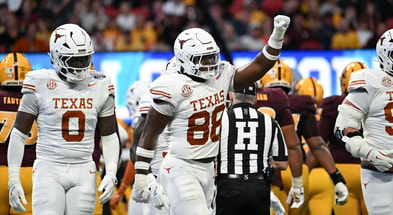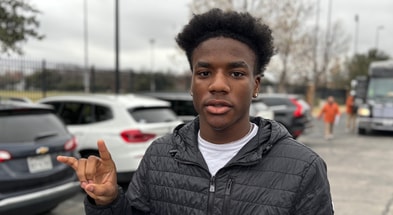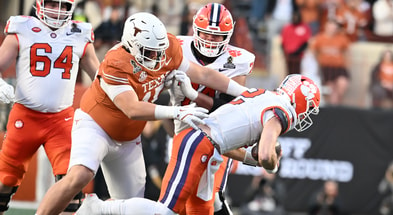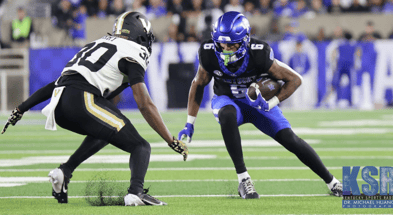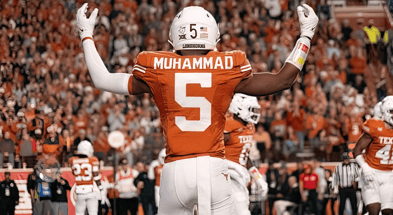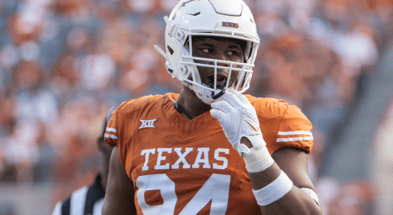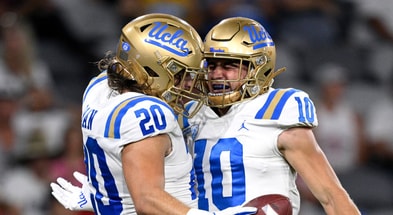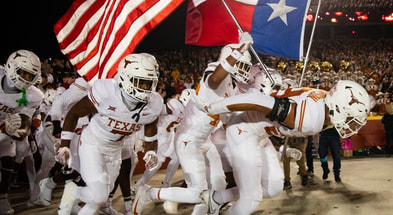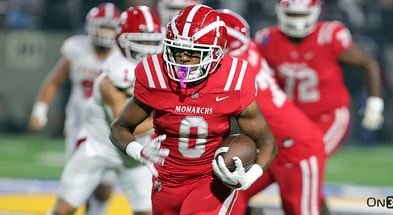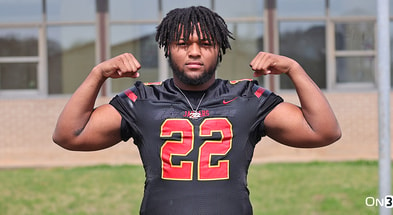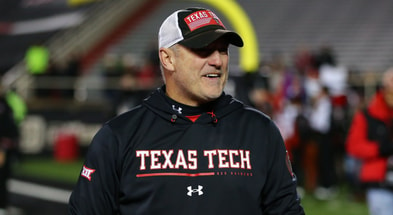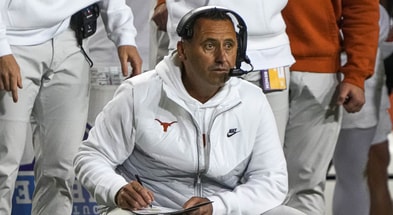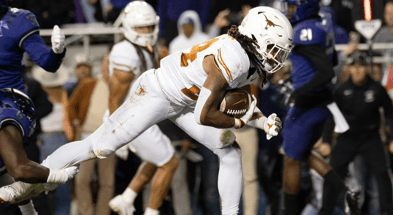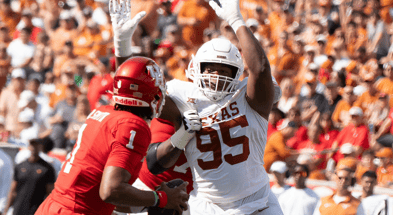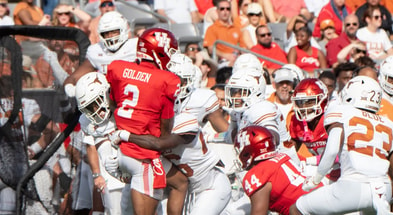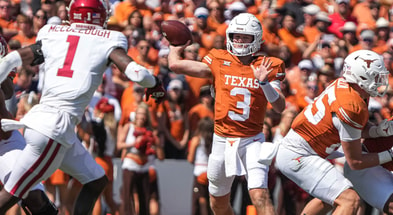2022 Texas vs. Oklahoma State Post Mortem: Offense
A schizophrenic performance by the Longhorn offense saw first half success and second half frustration, highlighted by 31 first half points and a solitary field goal after intermission. As in Lubbock, Texas managed to snatch road defeat from the jaws of victory. Right now, Texas fans are hoping that the second half turns that characterize Longhorn losses don’t characterize a broader second half turn of the Longhorn season.
[Get FOUR MONTHS of Inside Texas Plus for $1!]
A few key offensive numbers defined the game:
19
Texas had a season high 19 offensive possessions. That’s a lot. Consider that they had only 9 meaningful possessions in the entire Iowa State game. Half of their 10 first half possessions yielded scores (four touchdowns, a field goal) while nine possessions in the second half yielded 3 points. That field goal occurred on a 5 yard drive where Texas started with the ball on the Oklahoma State 20 yard line. In fact, the first six Longhorn possessions of the second half totaled 21 plays for 49 yards. It was during this stretch that Oklahoma State erased the Longhorn lead and the Texas offense frittered away the only quarter where the Longhorn defense was effective. During those six possessions, Quinn Ewers was 2 of 10 for 27 yards, had a mishandled snap for -7 yards, and a self-sack. That’s objectively bad, but subjectively it looked worse.
14-0
Texas had 14 penalties. The Cowboys had 0. I can’t offer much commentary on the pristine Cowboy performance, but the home cooking was likely hearty. As for Texas, most of their penalties were well-earned. Though some Longhorn penalties were questionable, many were clear errors that put the Longhorns behind the chains or cost Texas on a critical down. Interestingly, 31 points and 351 yards of offense came in the half where Texas totaled 10 penalties for 85 yards and they still left meat on the bone. The Longhorn offense failed to convert a 4th and 3 on the Oklahoma State 28 yard line by lining up in an illegal formation. Later, the Horns had a 2nd quarter drive that got to the OSU 12 yard line, but false starts on Karic and Sanders helped to create 3rd and 22 and an eventual Auburn field goal.
In the second half, Texas was largely clean on offense (while failing) but as the score tightened, Christian Jones was called for a pretty tough holding penalty that negated a long Ewers run. A couple of plays later, JT Sanders went offsides and on the next play the ball bounced a ball off of his hands for an interception that sealed the game. Hayden Conner added another motion penalty later. The Texas offense had 5 different penalties for procedure or lining up incorrectly. Pure mental errors than can’t be pinned on the zebras. The Texas offense left points on the field due to penalties, but they were thwarted more by awful execution and their second half stubbornness.
11/24 + 8/25 = 19/49
Question: How does a QB go 19 of 49 in modern football against a defense that surrendered 523 yards?
Answer: Because the head coach didn’t stop him at 13 of 34.
Quinn Ewers was a shaky 11 of 24 at halftime with an opening drive interception, but he totaled 190 yards passing largely on yards after the catch. In the second half, he went 8 of 25 for 129 yards and never completed consecutive passes. He opened the first six drives of the second half completing 2 of 10. A 32% completion percentage on total second half attempts doesn’t work anywhere outside of the service academies and that’s because the Army QB went 1 for 3, not 8 of 25.
Ultimately, the decision of whether or not to sit Ewers is a philosophical one and there are valid points to be made on both sides. At least as it relates to player development. Whether Ewers had the yips or had a physical issue becomes increasingly irrelevant as the 3 and outs mount and the Cowboys narrow the score. The goal is to win the game. Fear of a QB controversy should not enter into it. Any coach or fan more scared of media narrative and second guessing than trying to win has completely lost the plot. There are legitimate long term reasons to keep Quinn in the game and make him battle through adversity, but understanding where you are in the program build is far more important, particularly when you have a viable 2nd option available and it’s clear that the Cowboy defense is beatable. You must try to win the game. That’s ultimately the difference between a head coach who takes the heat (or praise) for a key personnel decision and a coordinator who can’t see the big picture in-game.
30-212-2
That little counter play install certainly served Texas well. 30 carries for 212 yards and 2 touchdowns is the combined stat line for Longhorn runners on Saturday. Texas runners averaged over 7 yards per carry, yet Texas found themselves throwing over 63% of the time with a freshman QB who was having a moment for four quarters. The simple argument is that Texas should have run the ball 50 times, but running efficiency is relevant as two Texas runs totaling 94 yards and 2 touchdowns were offset by 28 other runs for 118 yards. That 4.2 yard per carry clip outside of Bijan and Roschon’s touchdown runs isn’t bad at all, but there are a few considerations here:
First, Texas primarily made its hay on the inside counter wrinkle, pulling the backside guard and bringing the tight end across to kick out. Great game plan installation to counter Oklahoma State’s run blitzing linebackers. That run was really good for Texas, but OSU did make some adjustments. Unfortunately, the good ideas ran out and Texas couldn’t execute a second layer to this staple to target OSU’s adjustments either in the running or the passing game.
Second, the Longhorn QB threatening Stillwater bird life prevented the easy drive-extending passes needed to keep stubborn with the running game. It’s one thing to argue for running the damn ball, but when they load the box or it’s 3rd and 5 because Runs #1 and #2 didn’t move the sticks, you still have to find a new set of downs. Much of that is on the QB failing to execute throughout the 3rd quarter, but it’s ultimately on Sark for not making a personnel switch or having a foolproof short passing game counter to Cowboy adjustments.
Top 10
- 1
Transfer Portal
Day 1 intel
- 2
Predicting Transfer Commits
Where top transfers will go
- 3New
Andy Kotelnicki
Lands new P4 coaching job
- 4
Top transfer safety
SEC battle brewing
- 5Trending
Lane Kiffin
Massive bonus for Ole Miss win
Get the Daily On3 Newsletter in your inbox every morning
By clicking "Subscribe to Newsletter", I agree to On3's Privacy Notice, Terms, and use of my personal information described therein.
Texas could have run the ball more by having a counter to the inside counter or by passing more effectively on shorter gimme throws. If Texas had been able to keep drives extended in the second half with short to intermediate balls in the wide receiver screen game, to running backs, to jet sweepers, or via play action to the tight end, the running game would have flourished, wore down the Cowboys, and ultimately won the game.
3/19
In my preview, I articulated that the only real collective strength of the Cowboy defense was 3rd down defense. That certainly bore out. Texas is more capable than going 3 of 19 on money downs for a 15.7% conversion rate and probably more capable than going 1 of 10 in the second half. It’s notable that the Horns managed to score 31 points while going 2 of 9 on 3rd down in the 1st half, but that’s attributable to multiple big plays. When the big plays dried up, it was incumbent on Texas to concern itself more with chain moving and making some scheme or personnel adjustments than trying to hit Xavier Worthy in double coverage downfield. If Texas even performs at the season average of other Cowboy opponents on 3rd down, the Horns are probably celebrating a win.
I’m not going to break down the positions. There’s not much point. A passable Longhorn passing game would have meant 45+ points on the board, ultimately more Texas runs, and fewer possessions for Oklahoma State to rally. The cause of second half inefficiency was the nexus between head coach, quarterback and perhaps the Longhorn receivers.
The offensive line, if imperfect, absolutely played well enough to win, including stretches where they featured three true freshman.
While Xavier Worthy’s lack of connection to Ewers throughout the game bordered on the surreal, it’s clear that the Texas signal caller and his receivers were not on the same page for most of the contest. I don’t know where the lion’s share of fault rests, but Ewers’ inability to get past his first read and a defective internal clock ignored open secondary pass catchers on multiple downs.
Ultimately, when the offense you want to run isn’t working because the QB isn’t making the throws available, you can either hope it turns, pare down the offense considerably, or you can make a change.
Sark bet it would turn and it didn’t.

